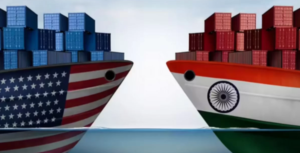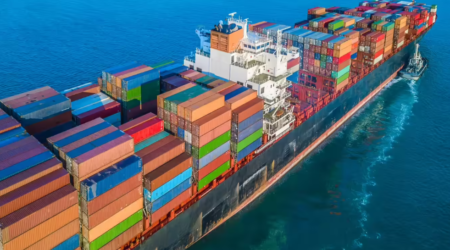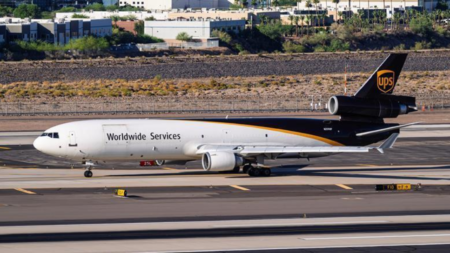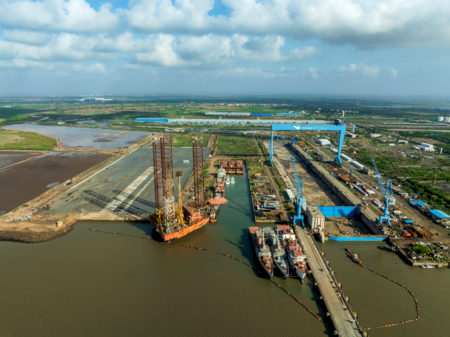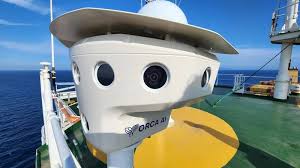Surging regulations and abundant supply are driving a rapid rise in LNG-powered ships as shipping decarbonises.
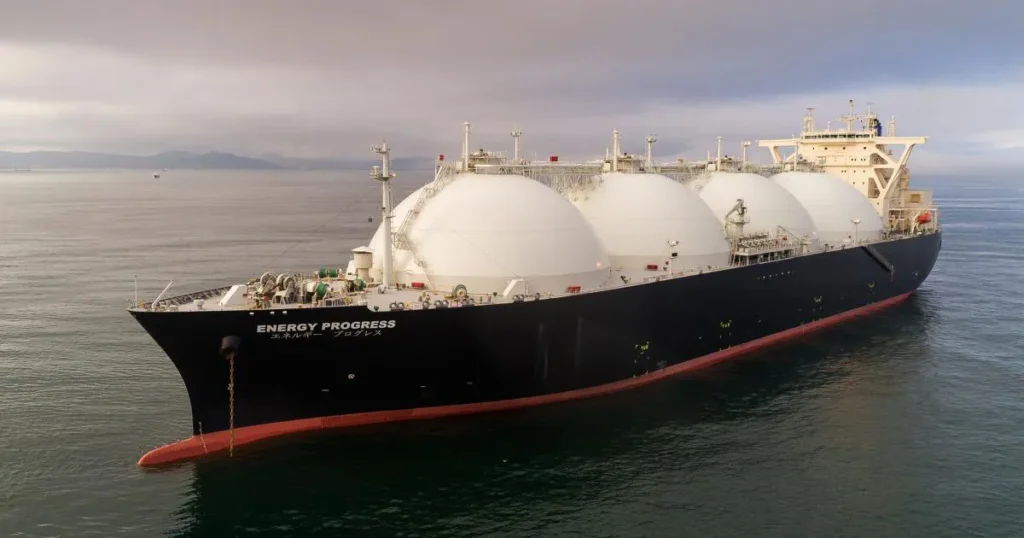
Demand for liquefied natural gas (LNG) as a marine fuel is projected to at least double by 2030, driven by tightening global emission norms and expanding LNG availability. Industry experts say large-scale export projects in the U.S. and Qatar will create a supply surplus, lowering prices and enhancing LNG’s appeal over conventional fuel oil.
According to Rystad Energy, global LNG bunkering volumes could exceed 4 million tons by 2025 and double by 2030, with Singapore, China, and the Netherlands leading global refuelling activity. French energy major TotalEnergies expects combined demand for LNG and bio-LNG to hit 15 million tons by 2030.
Currently, 781 dual-fuel ships operate on LNG, and DNV forecasts this number could rise to 1,417 by 2030 as more orders are placed.
LNG use cuts emissions by around 19% compared to fuel oil, offering a cost-effective bridge fuel until zero-emission alternatives like methanol and ammonia become commercially viable.
New regulations such as Europe’s FuelEU initiative are also accelerating adoption, positioning LNG as the dominant marine fuel of the decade.
Source: Reuters

